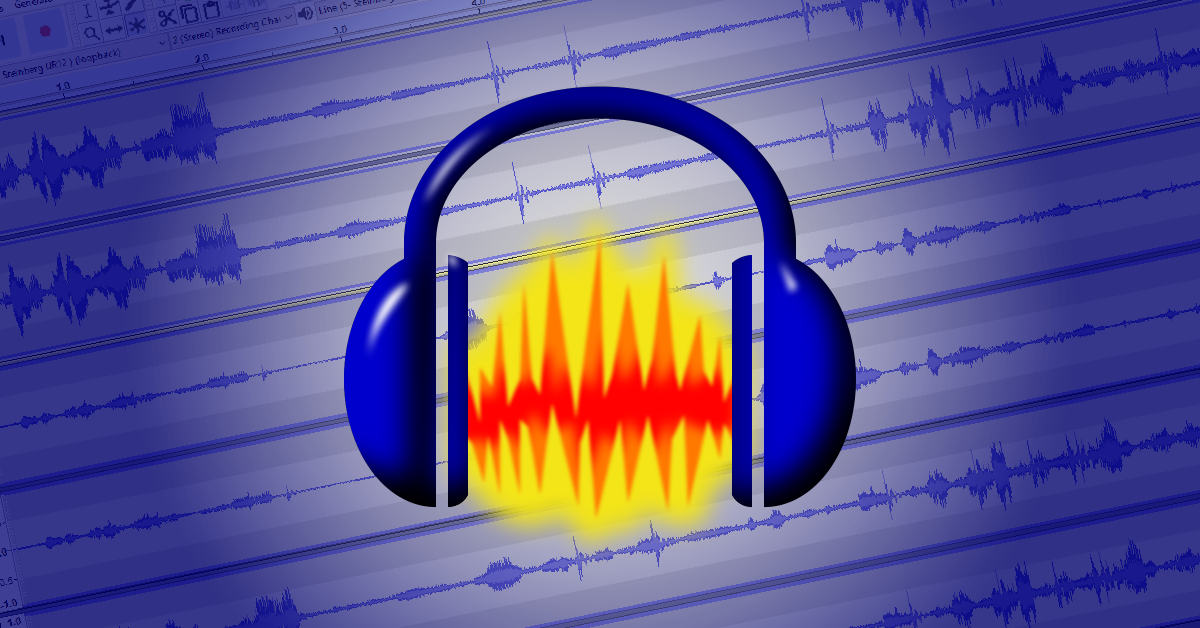
I even understand to some extent how those aforementioned mysteries could have happened

It took me a couple of hours and some well though material for tests, but now when I look at the spectrogram I can see what is real lossless and what is "pumped up". And in times I'm not sure I use Spek and then Audacity. Spectro seems to be almost always correct. So now I use Spectro, because it draws a cut off line and is has the most convenient form for me. I used not only Audacity but also Spek and Spectro I did some test and also took a look at some examples: low and high quality MP3s, low and high quality FLACs, MP3s turned into FLACs, music from old games, speech etc. It seems that you can at least in most cases As long as you do not know what the ideal spectrum for a certain piece of audio should look like, you cannot deduct anything from it. I think that such an analysis only makes sense if you can compare an expected output with an actual output. It looks like there is a noise veil over all frequencies in the audio area above 8 kHz.īecause the test files have no audio parts of quiet sounds, I would have no hesitation to turn them into middle quality or maybe high quality MP3 file. The spectral view of both test files, AUDIO.flac and MOVIE.flac, look rather noisy in the audio area of about -60 dB and smaller, this may be also the effect of upsampling to 48 kHz.Īlso the spectral view looks like as the audio has been modified by some audio software, maybe in order to enhance the psycho-acoustic feeling of wide and bombastic rooms and sounds. The spectral view of the GAME.flac test file looks like a maximal 18 kHz sound file with a visible noisy transition band around 17 kHz, so it could also have been an original 16 kHz bandwith audio file.īecause of the upsampling to 48 kHz there has been added additional noise up to 24 kHz with level of about -60 dB and smaller (for most disco people a never hearable area). I would like to hear opinions from people who maybe know something about spectrum analyzing. But this screenshot bares the proof of doing the other way around- showing low quality sounds as lossless: Spectrogram is suppose to show fake lossless audio files. But I know for sure that this rip was not done by me, so almost for sure it was downloaded it a FLAC format and the encoded to WAV and back to FLAC Īnd the question here is: how is it possible for this file to have frequencies around 24 kHz and at the same time to sound like something with 10 kHz ?

I do not remember the origins of it, but I have it described as being a ripped audio from a Nintendo 64 videogame.
#Audacity spectrogram movie
The MOVIE files looks a little different in the spectrogram but having audio over the 20 kHz line it sounds more like around 15 kHz. But what is important is that it sounds badĪnd here is the mystery: both files show frequencies above 20 kHz but only the AUDIO sound like it. Unfortunately I do not remember what kind of file it was thus I do not know the quality of audio in that video. And it sound greatįile MOVIE was extracted from a video by me into WAV and then encoded to FLAC. And some strange things I've noticedįor example here is music from the same movie, both in FLAC formatįile AUDIO was downloaded in FLAC, encoded by me into WAV and then encoded back to FLAC. I used my personal logo with Photoshop to create a textured look on the outside edges and background.I've been looking recently on some files with the usage of spectrogram in Audacity. I turned the photo painting into a brush and experimented with size and texture. I tried to use the spectrogram not only as a visual element, but to create a type of texture as well. I imported multiple spectrograms along with other personal photos and manipulated them in Photoshop until I created an abstract photo painting. In Adobe After Effects you can make one that moves! You can also customize the color scheme in Adobe Audition. These can be used to add interesting texture to digital art, or if you are designing something that has to due with music you could incorporate this as an asset.

Click on the small drop down menu with the audio title to change the appearance from waveform to spectrogram, or any of the other options you like.


 0 kommentar(er)
0 kommentar(er)
